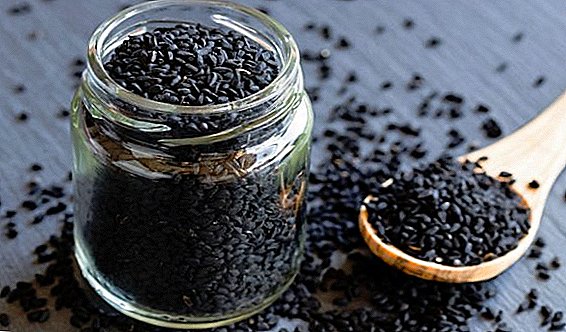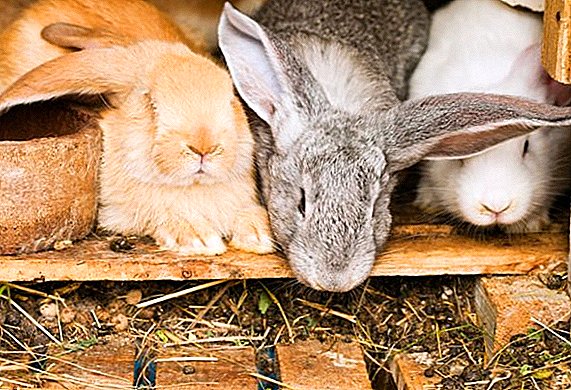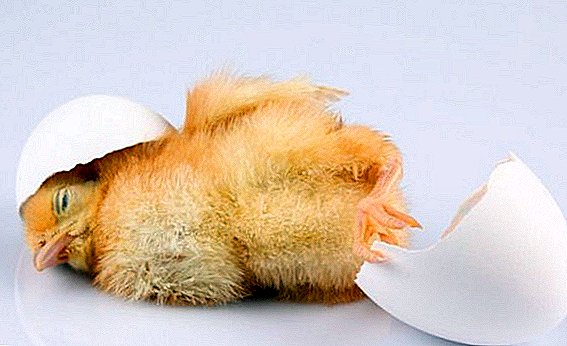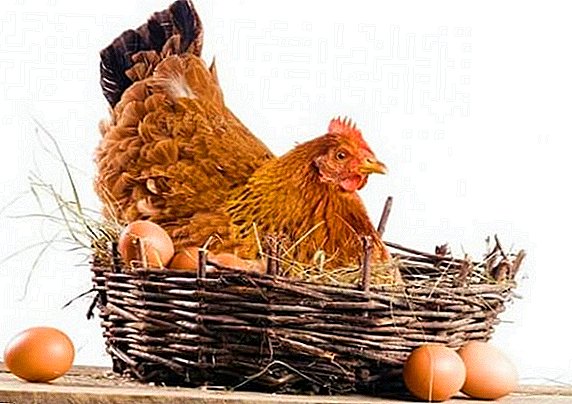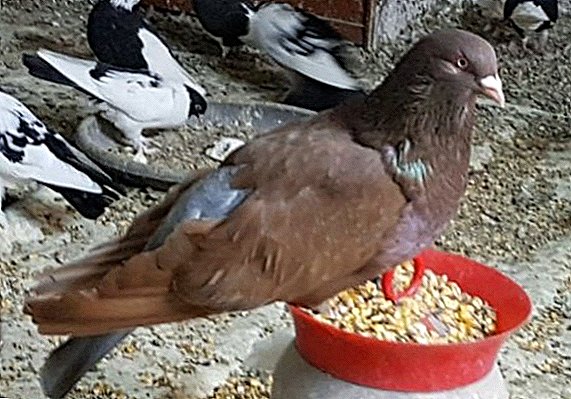 The Roman pigeon, which will be discussed today, is the oldest breed of pigeons in the world, which was originally used as a meat bird in the cities of Italy. In the article we will take a closer look at what kind of bird it is, its main characteristics and features.
The Roman pigeon, which will be discussed today, is the oldest breed of pigeons in the world, which was originally used as a meat bird in the cities of Italy. In the article we will take a closer look at what kind of bird it is, its main characteristics and features.
History of
Roman pigeon, which for its impressive size and weight was called the Roman giant, appeared on the territory of modern Italy about 2 thousand years before our era. It is not known exactly under what conditions it was selected and what breeds were used for this.
Did you know? Pigeons can have beautiful colored plumage, for example, a fruit pigeon is characterized by a plumage with red, green and yellow shades.
The forerunners of the Roman giants were the breeds of the Carthaginian birds, which were a dwarf and Spanish subspecies. Creating new breeds of local people provoked a huge demand for pigeon meat: those who kept pigeon farms always had a consistently high income.  Over time, Roman pigeons began to be raised in ancient Greece, Egypt and Rome, as the favorite dish of the locals was pigeon meat, which they ate just like that and cooked unusual dishes from it. There are many ancient manuscripts that describe farms of those times that specialized in breeding these birds.
Over time, Roman pigeons began to be raised in ancient Greece, Egypt and Rome, as the favorite dish of the locals was pigeon meat, which they ate just like that and cooked unusual dishes from it. There are many ancient manuscripts that describe farms of those times that specialized in breeding these birds.
Read about the features of breeding pigeons meat breeds and the best representatives of meat pigeons.
The Roman giant has long been an excellent breeding material and was used to create new breeds. Despite the fact that this breed was bred in Ancient Rome, a huge breeding work using the Roman giants was carried out in France, where the English Blower and Old German pigeon breeds were created.
Description and Features
Like any other breed, the Roman giants have some features of appearance, build and other distinctive features, which will be discussed below. 
Appearance and physique
Representatives of the breed of the Roman giant are characterized by:
- large oblong body;
- slightly rounded head with a high frontal part;
- big powerful beak of the bent form, light-grayish color;
- heart-shaped crock, divided in half;
- pearl-colored eyes;
- finely browed eyelids;
- a small powerful neck with a noticeable neck fold;
- slightly convex, wide chest;
- big wings;
- dense and dense plumage of ash-blue, reddish, gray-brown, white color;
- long and wide tail;
- short paws.
Find out how many pigeons live at home and how to distinguish a pigeon from a dove.
Specifications
The Roman Giant has the following characteristics:
- Weight of young individuals at the age of 6 months. makes 600 g - at males and 500 g - at females.
- The weight of adults is 1400 g for males and 1200 g for females.
- The body length of adults reaches 55 cm.
- The wingspan of adults is 100 cm.

Other features
This breed belongs to the sedentary, as it was created for human consumption and had to move a little in order to better build up the mass. Pigeons are not susceptible to infection with common pigeon diseases, so they are often chosen to be kept for decorative purposes. The nature of the bird is different gullibility and friendliness to the person.
Important! The breed in question is absolutely not cowardly and allows other animals and even predators to come to it, which often causes a sharp decrease in the number of heads. Therefore, when keeping home, make sure that the predator is unable to penetrate into the aviary with birds.
Between themselves, doves very often have conflicts, which often end in fights. In order to avoid them, the birds are kept in spacious open-air cages, where everyone should have enough space, and provide the necessary number of feeders. Enclosures are recommended to be placed at a low altitude, as there have been cases when fattened birds fell and were seriously injured.
Due to the fact that the bird is sedentary, it has a low fertility. This indicator is also influenced by an overly aggressive character - females hatch eggs poorly, often forgetting about them in the process of clarifying relations with their neighbors. In the year one female can produce from 6 to 12 chicks.  The Roman giant is prone to obesity due to its inactive lifestyle, and every second adult bird suffers from this disease. Pigeons are accustomed to a lot and abundantly eat, so they are prone to rapid weight gain. Given this fact, when keeping birds at home, you should carefully select the diet and monitor the amount of food offered.
The Roman giant is prone to obesity due to its inactive lifestyle, and every second adult bird suffers from this disease. Pigeons are accustomed to a lot and abundantly eat, so they are prone to rapid weight gain. Given this fact, when keeping birds at home, you should carefully select the diet and monitor the amount of food offered.
It is useful to know which diseases of pigeons are just as dangerous for humans.
Thus, the Roman giant pigeon, despite the antiquity of the breed, does not cease to be popular and continues to be used now for decorative content, as well as a good breeding material for creating new species.




